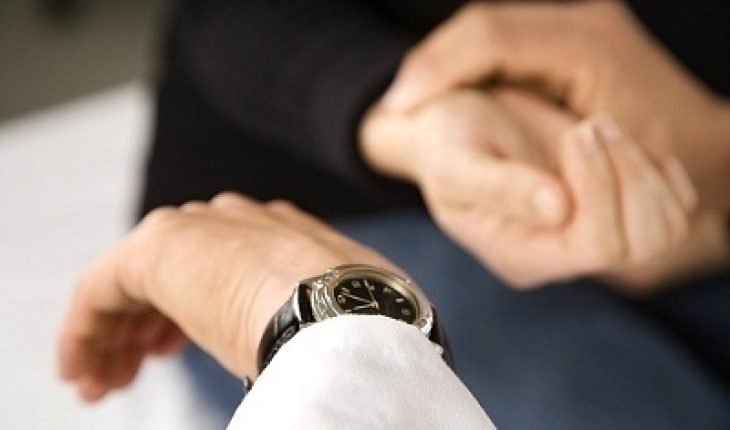Pulse rate is the number of pulsations in a minute that can be felt via an artery. These pulsations show that a heartbeat is present. Pulse rate can be checked at any location on the body which permits the pressing of the artery against bone. The first depiction of the human pulse was by the physician Claudius Galen. The pulse indicates the number of times the heart beats and is measures in number of beats per minute.
The checking of a person’s pulse is probably the oldest and basic form of physiological examination, still being used in medical facilities today. An abnormally high pulse rate can be taken as a definite sign of a patient’s infirmity. The pulse rate of a person can be checked for the following reasons:
- To check if heart is working normally or at all. In an emergency position, the pulse rate is checked to find out if the heart is pumping blood normally.
- To check the cause of symptoms such as swift or erratic heartbeat, fainting, dizziness or shortness of breath.
- To check for blood flow after an accident, or in case of a clogged vessel.
- To check for any change in pulse due to the intake of certain medicines that might slow down a person’s heart rate.
- To check general health and fitness levels; the pulse can be checked during or after a strenuous workout session.
Normal pulse rate
For adults, in an inactive state, the normal pulse should be in the range of 60 to 80 beats per minute. During the sleep state, the pulse rate could go down to 40 beats per minute. It can rise to as much as 150 to 200 beats per minute when engaged in vigorous exercise. Young children and toddlers have higher pulse rates when compared to adults; it can be as high as 110 beats per minute.






